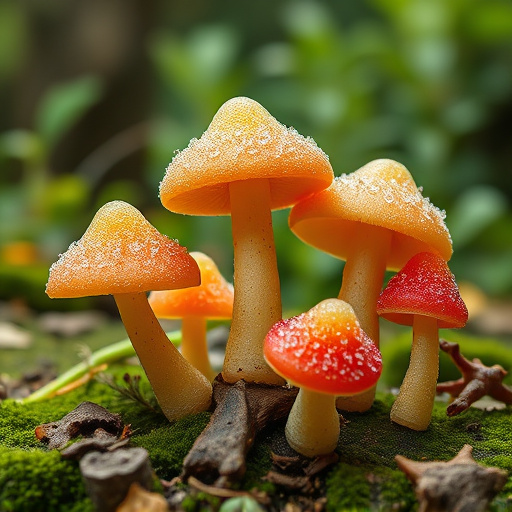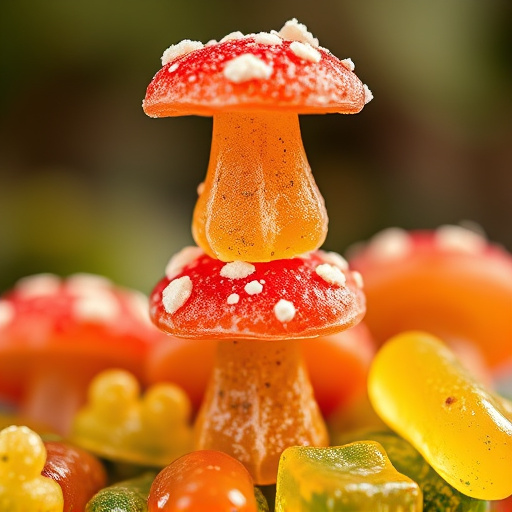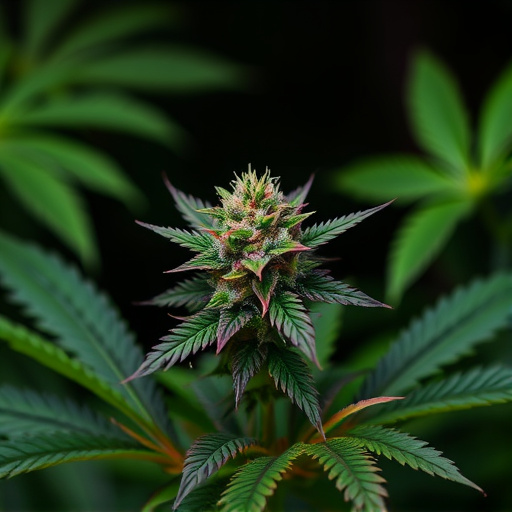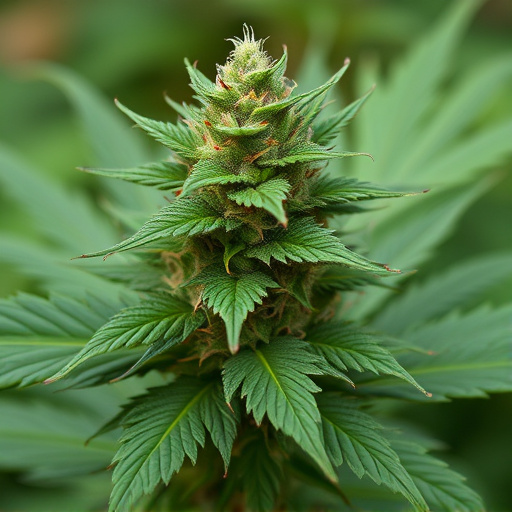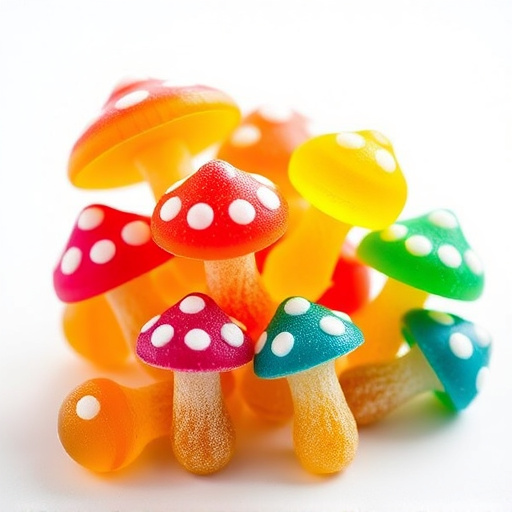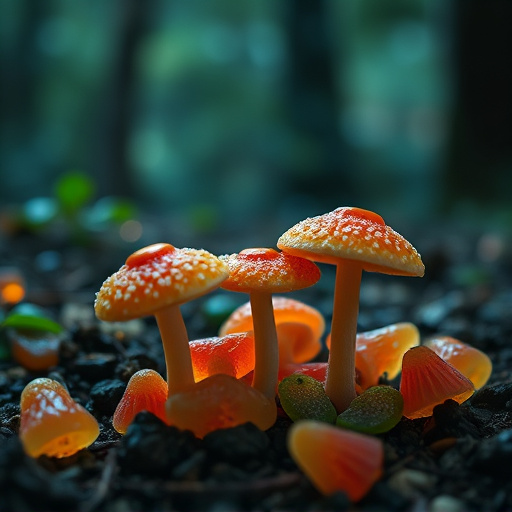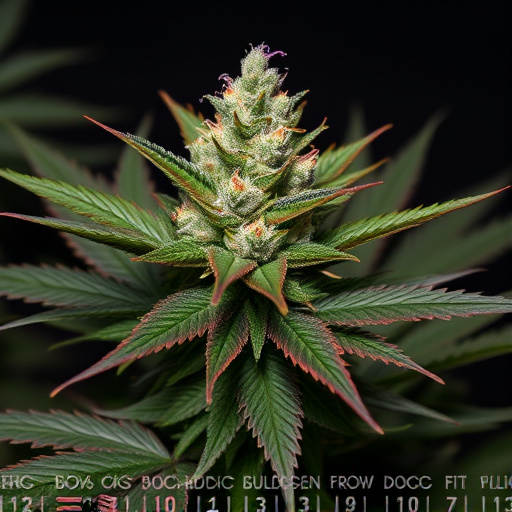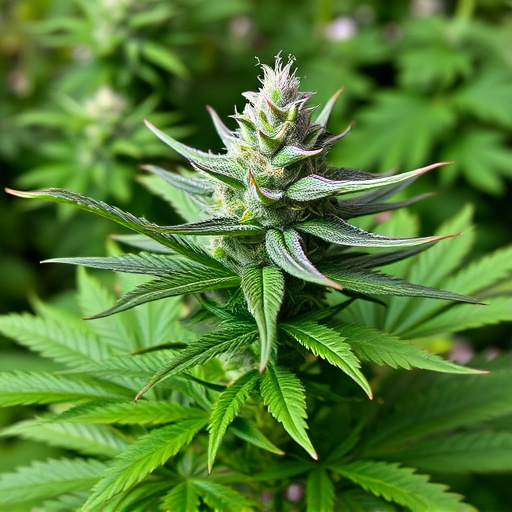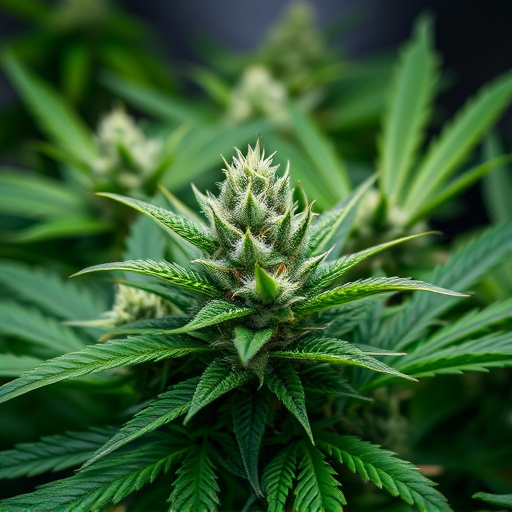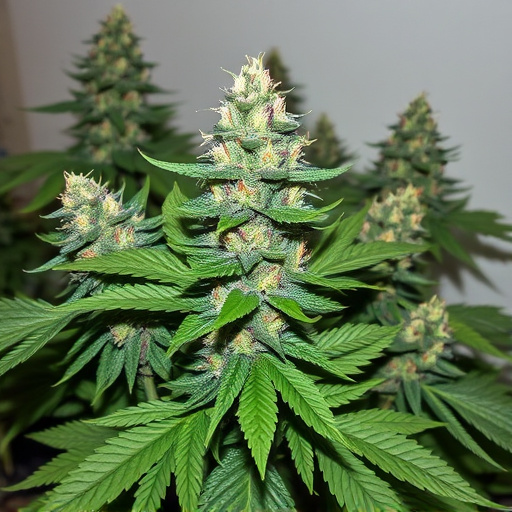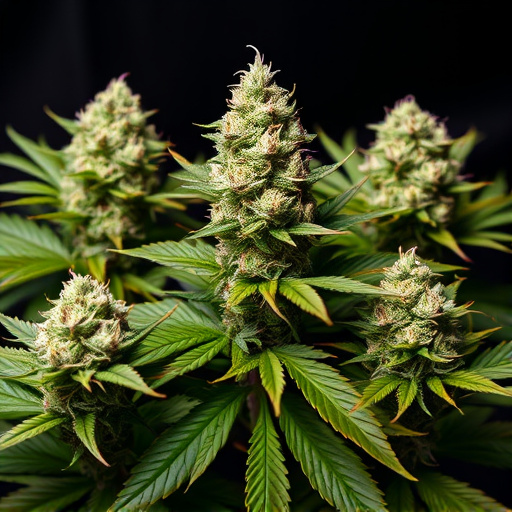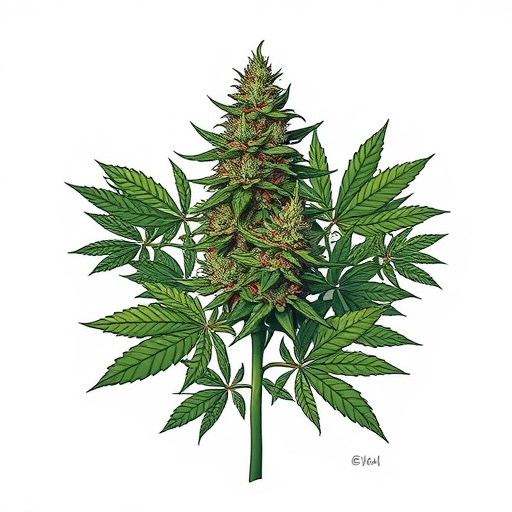Indica cannabis strains, easily recognized by their shorter stature, broader leaves, and dense buds, offer a distinct "body high" characterized by relaxation and sedating effects due to higher THC levels. Popular for stress relief, anxiety mitigation, and insomnia treatment, Indica interacts with the endocannabinoid system (ECS) to slow breathing, heart rate, and promote melatonin production. Its calming mental and emotional effects, enhanced by myrcene levels, make it ideal for evening or bedtime use. Consumers can choose Indica strains tailored to their specific needs and desired experiences.
Indica cannabis flowers have distinct characteristics and effects, setting them apart from their sativa counterparts. This article explores how understanding indica strains can empower users to make informed choices. We delve into the physiological impacts of indica on the body’s systems, from relaxation and pain relief to potential therapeutic benefits. Additionally, we uncover the mental and emotional experiences associated with indica use, providing insights into its unique psychological effects. By focusing on these aspects, we highlight the diverse ways that indica cannabis strains interact with the human body.
- Understanding Indica Cannabis Strains: Their Unique Characteristics and Effects
- Physiological Impacts: How Indica Affects the Body's Systems
- Mental and Emotional Experience: Unraveling the Psychological Effects of Indica
Understanding Indica Cannabis Strains: Their Unique Characteristics and Effects
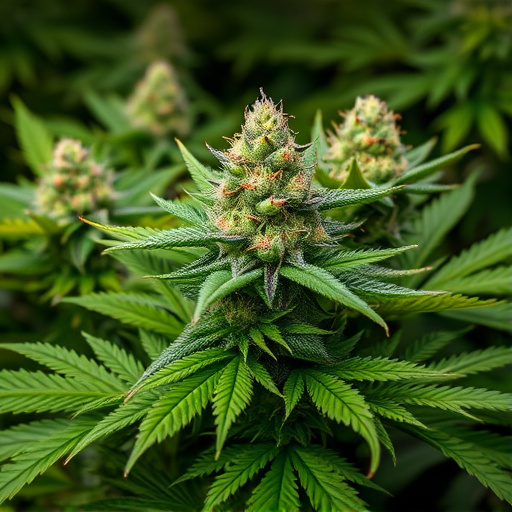
Indica cannabis strains are known for their distinct characteristics and unique effects on the body. These plants, typically shorter in stature with broader leaves, often produce denser buds compared to their Sativa counterparts. The key chemical compounds responsible for their effects include THC (tetrahydrocannabinol) and CBD (cannabidiol), though Indica strains usually have a higher concentration of THC. This higher THC content is what contributes to the more intense physical and mental sensations commonly associated with Indica cannabis.
The effects of Indica strains are often described as sedating or relaxing, making them popular among users seeking relief from stress, anxiety, and insomnia. They can induce a sense of calm, promote muscle relaxation, and even stimulate appetite—which is why many medical users turn to Indica for conditions like chronic pain, nausea, and appetite loss. The “body high” experienced with Indica strains is characterized by a heavy feeling in the limbs and a general sense of numbness or tingling, contrasting the more cerebral effects often attributed to Sativa varieties.
Physiological Impacts: How Indica Affects the Body's Systems
Indica cannabis strains are renowned for their unique effects on the human body, offering a distinct physiological experience compared to sativa varieties. These strains have been associated with promoting relaxation and a sense of calmness, primarily through their interaction with the endocannabinoid system (ECS). The ECS plays a vital role in maintaining homeostasis, or balance, within the body’s various systems.
When an individual consumes indica cannabis, the compounds, particularly tetrahydrocannabinol (THC) and cannabidiol (CBD), bind to specific receptors in the ECS. This activation can lead to noticeable effects on the respiratory and cardiovascular systems, often resulting in slowed breathing and a decrease in heart rate. Additionally, indica strains are linked to increased production of melatonin, a hormone responsible for regulating sleep-wake cycles, which may contribute to their reputation as bedtime aids. These physiological impacts collectively create a soothing sensation, making indica cannabis strains popular choices for those seeking relief from stress, anxiety, and insomnia.
Mental and Emotional Experience: Unraveling the Psychological Effects of Indica
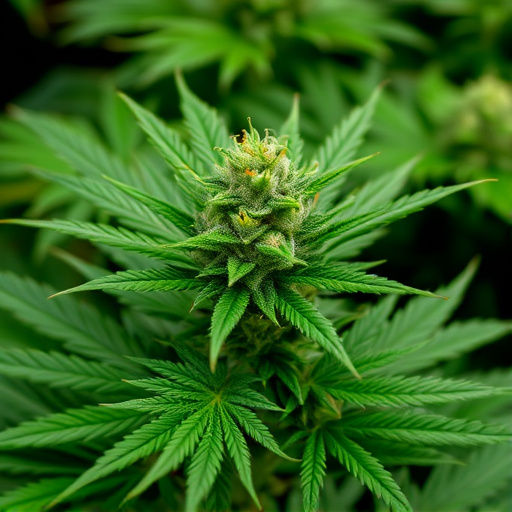
Indica cannabis strains are renowned for their distinct mental and emotional experiences, offering a unique journey into the mind. The psychological effects of indica are often sought after by users looking to unwind and relax, as they tend to induce feelings of calmness and tranquility. This is primarily attributed to the higher levels of myrcene, a terpene known for its soothing properties. The mental experience may include enhanced sensory perception, where colors appear more vibrant and textures feel more palpable. Users often describe a cozy and contented state, which can be beneficial for managing stress and anxiety.
The emotional response to indica strains is profound, with many users reporting a sense of euphoria and elevated mood. This effect is thought to be linked to the interaction between cannabinoids and serotonin receptors in the brain. Indica’s ability to promote a deep sense of relaxation and happiness has made it a popular choice for evening or bedtime use, helping individuals unwind after a long day. Understanding these psychological effects allows users to choose indica strains that align with their desired mental and emotional experiences.
Indica cannabis strains have distinct effects on both the body and mind, offering unique physiological and mental experiences. By understanding the characteristics of various indica strains, users can navigate their effects more effectively. These plants provide valuable insights into how cannabis interacts with our systems, potentially leading to further research and responsible use. Whether for relaxation or specific therapeutic benefits, exploring indica cannabis strains allows individuals to make informed choices that align with their well-being.

